I have a series of images that I want to create a video from. Ideally I could specify a frame duration for each frame but a fixed frame rate would be fine too. I'm doing this in wxPython, so I can render to a wxDC or I can save the images to files, like PNG. Is there a Python library that will allow me to create either a video (AVI, MPG, etc) or an animated GIF from these frames?
Edit: I've already tried PIL and it doesn't seem to work. Can someone correct me with this conclusion or suggest another toolkit? This link seems to backup my conclusion regarding PIL: http://www.somethinkodd.com/oddthinking/2005/12/06/python-imaging-library-pil-and-animated-gifs/






